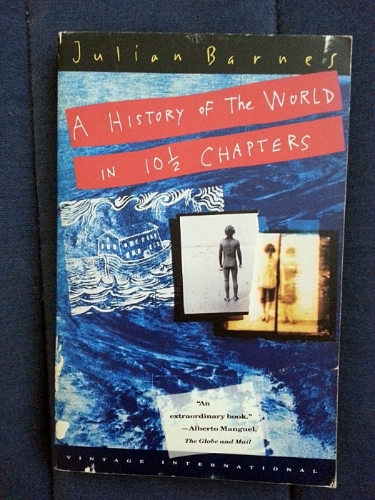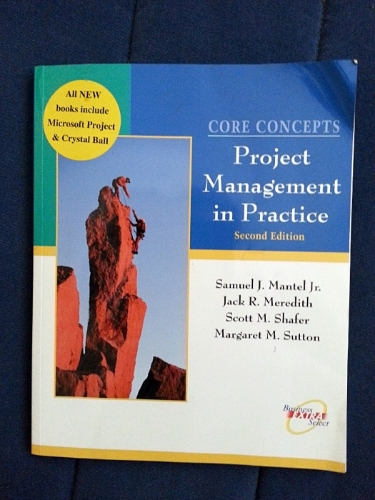I am just old enough to have seen the original Star Wars movie at the theatres, when it first came out. I've been thinking a lot about that experience, and about the hype that followed, now that I've finished reading The Hero with a Thousand Faces.
The "Star Wars proof", as I've come to think of it, rests on the following syllogism:
- George Lucas deliberately wrote Star Wars to follow the monomyth as defined in The Hero with a Thousand Faces.
- Star Wars was and is a huge hit, and a cultural phenomenon!
- Therefore, if writers want a huge hit (or just a successful story, period), they should follow the example of Star Wars and use the monomyth in their own writing.
As with all syllogisms, it needs to be tested point by point.
#1 is certainly true, on its face — as I mentioned last blog post, Lucas is on the record with his admiration of The Hero with a Thousand Faces.
#2 is also certainly true. Star Wars Day was started by an ad congratulating Margaret Thatcher, for pity's sakes. Star Wars fandom shows up in places as mainstream as Friends — that episode is going to be mostly opaque if you don't know the references.
#3 is where the syllogism breaks down, as syllogisms often do (1. I like fish, 2. Cats like fish, 3. I am a cat). The conclusion of the syllogism assumes that Star Wars was a hit because it was written to follow the structure of the monomyth.
I spent some time reading discussion boards on this topic while I was getting this blog post ready, wanting to make sure my own memory of seeing it on its first theatre release weren't faulty. It doesn't seem like it was (do some Googling for commentary if you want to see third-party opinions). People do mention The Hero's Journey, but they also talk about how the good characters and bad characters were easy to tell apart, how there were so many recognisable tropes from the old adventure serials of the 30s and 40s, how wonderful the special effects were. They also point out (and I'm glad I'm also not the only one here) that while adults liked Star Wars, it was the kids who loved it.
Funny thing about that. You'd think Luke Skywalker would be the character all the kids wanted to be. But I remember seven-year-old-me chose Leia, not just because she was the token woman, but because she had attitude and could fire a blaster. My second choices were C3PO and Obi-Wan Kenobi. My younger brother (he was four when he saw it) became an instant R2D2 fan. I remember local magazines having C3PO and R2D2 on the cover; not so much the so-called hero. (Which is not to say Mark Hamill did a poor job; on the contrary, he gave Luke's quiet moments (like those bits on the Millennium Falcon) a depth that rounded out the character in far more ways than any lines he was given to say.)
Then there's the whole Han Solo arc. Never mind the farm boy who saves the galaxy, Han is a down-and-out smuggler who gets the princess. He's the guy who goes from only having himself, his ship, and his one-wookiee crew as priorities, to being a full-out fighter in the Rebellion. He's the survivor who discovers principles. There's a reason why fans freaked out and started the "Han shot first" meme, when Lucas tweaked the film after its initial release.
The paradox is that the films are so widely loved, yet so much of the writing is reviled. Most of the dislike is aimed at the sequels-which-are-really-prequels, but it's cast a more analytical eye on the original trilogy as well. If the Force is something you inherit, why doesn't Leia seem to have it? Why are there virtually no other female characters besides Leia (and don't bring up that senator)? What the hell was Obi Wan doing all those years in the desert? Baby-sitting from a distance is no way to keep occupied.
I'm just not convinced people love Star Wars because it's such a great example of the Hero's Journey. I love it for the characters, and the setting, and yeah, the special effects. The plot, meh — it beggars belief just a few too many times. Consider all the "you can't hit an exhaust hatch with two torpedoes which have to bank at a right angle almost immediately after being fired" theories:
So what am I getting at? Just this: having read The Hero with a Thousand Faces, I'm just not convinced it's ultimately that useful. Better to read the original myths, or to work through a plot approach with a stronger focus on structure, like Martha Alderson's The Plot Whisperer.

















